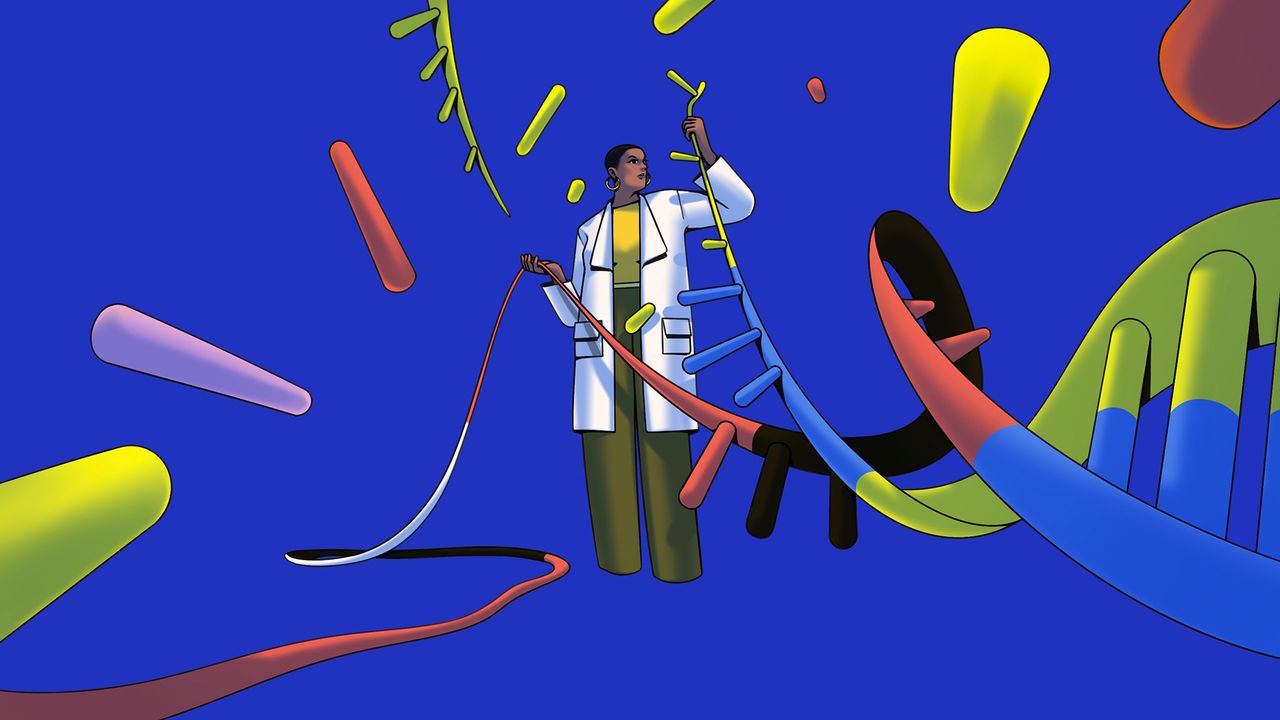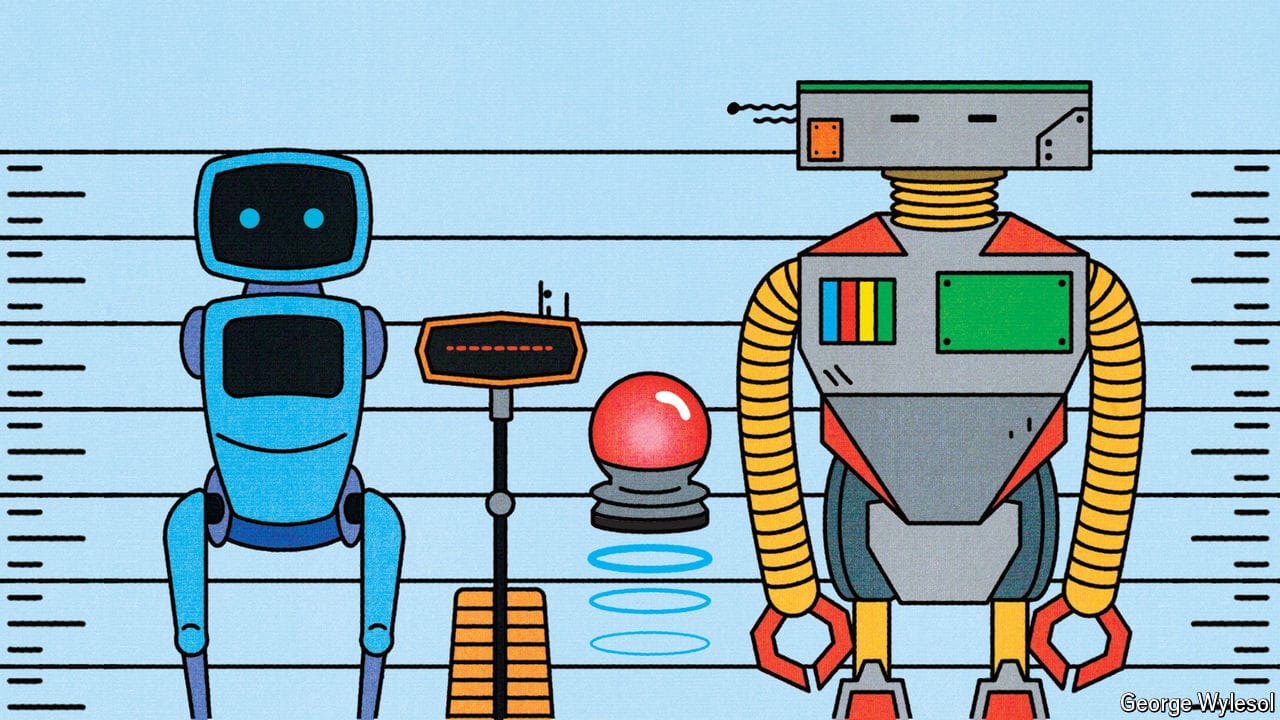Gene-editing drugs are moving from lab to clinic at lightning speed
The promising treatments still face technical and economic hurdles, though

One autumn day in 2020 Patrick Doherty was walking his dog up a steep mountain in County Donegal, Ireland, when he noticed he was, unusually for him, running out of breath. The eventual diagnosis was terrifying: amyloidosis, a rare genetic disease that caused a protein, amyloid, to build up in his organs and tissues. The prognosis was even worse: it would cause him years of pain until it finally killed him. In the face of such terrible fortune, though, Mr Doherty had a stroke of luck. He was able to join a trial of a new medical therapy and, with just a single injection, was apparently cured. Now, he continues to walk his dog up that steep mountain in County Donegal every week.
More from Science & technology

How to reduce the risk of developing dementia
A healthy lifestyle can prevent or delay almost half of cases

GPT, Claude, Llama? How to tell which AI model is best
Beware model-makers marking their own homework

How America built an AI tool to predict Taliban attacks
“Raven Sentry” was a successful experiment in open-source intelligence
How Ukraine’s new tech foils Russian aerial attacks
It is pioneering acoustic detection, with surprising success
The deep sea is home to “dark oxygen”
Nodules on the seabed, rather than photosynthesis, are the source of the gas
Augmented reality offers a safer driving experience
Complete with holograms on the windscreen
